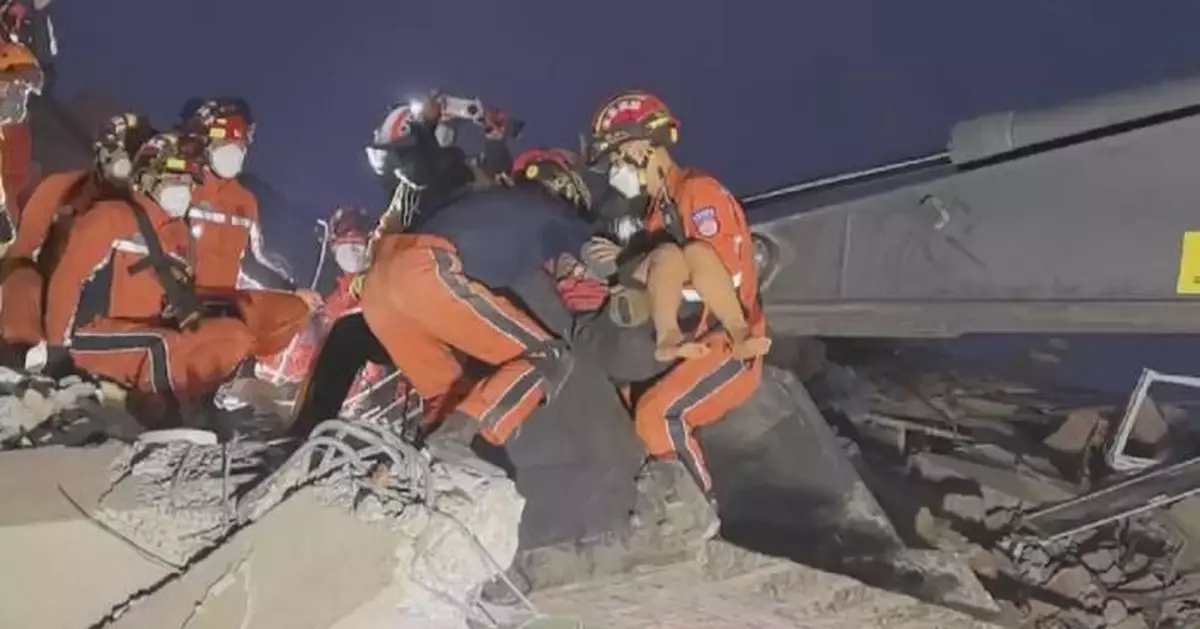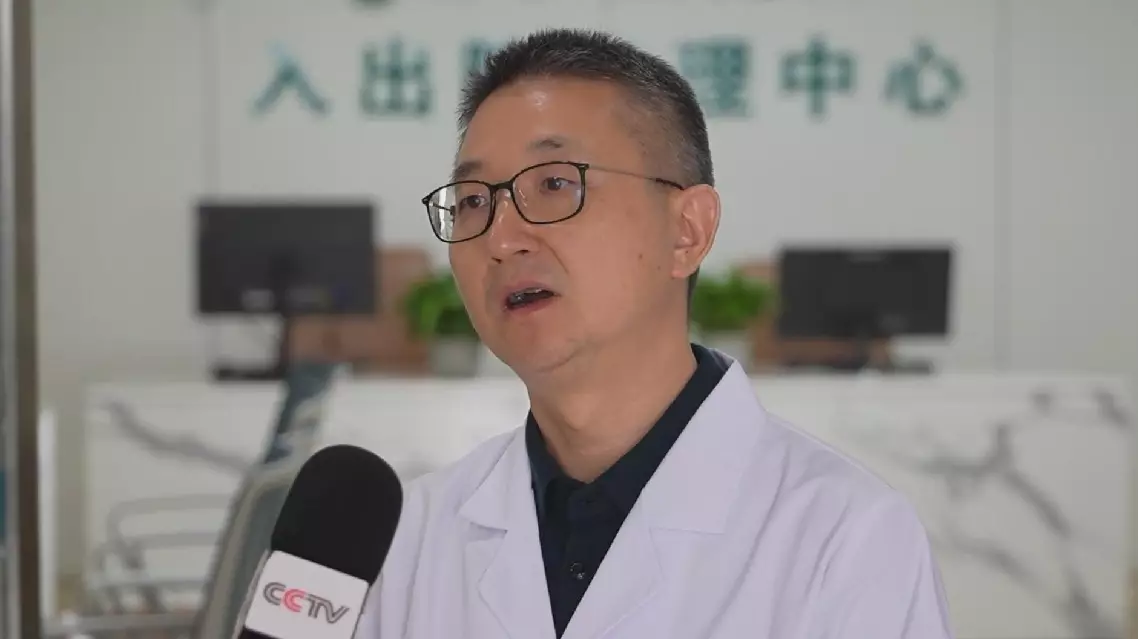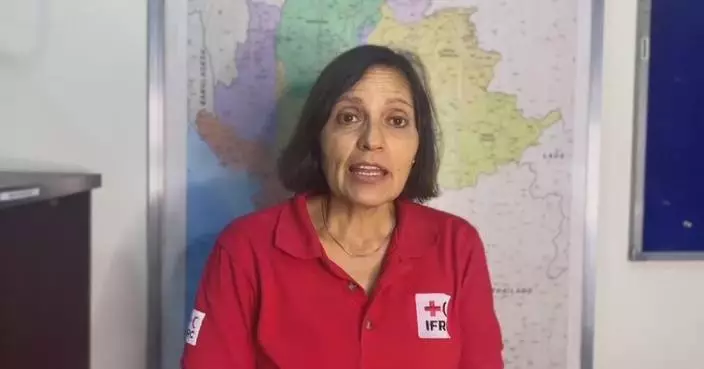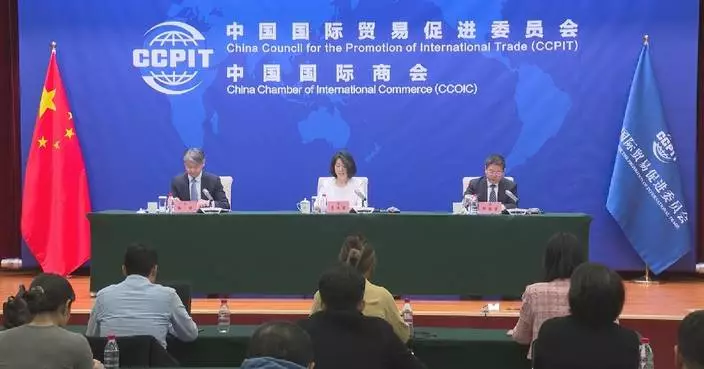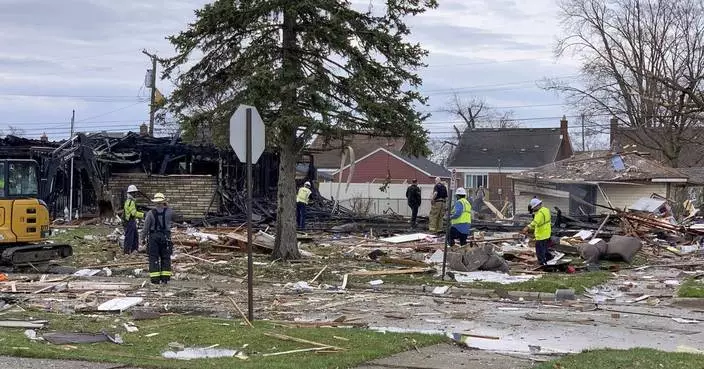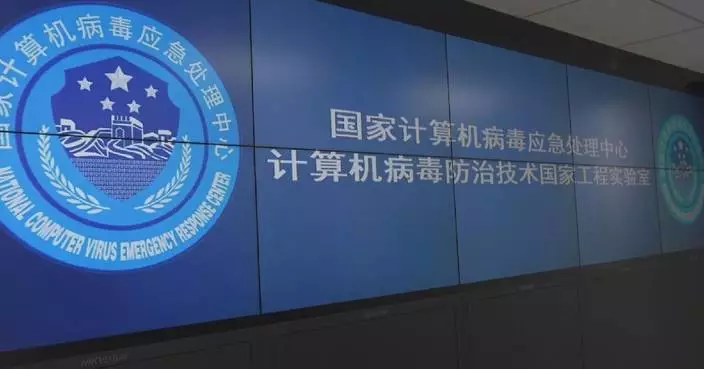Racing against time to locate survivors, Chinese rescuers by far have successfully saved six people across quake-ravaged Myanmar.
The critical 72-hour window for rescue efforts has passed since a deadly 7.9-magnitude earthquake wreaked mass devastation in Myanmar on Friday.
In the hard-hit city of Mandalay, the China Search and Rescue Team successfully pulled a woman from the rubble of the Great Wall Hotel early Monday after over five hours of intense efforts.
She had been trapped for nearly 60 hours and was found alive with vital signs. This was the first survivor rescued by the team since its arrival late Sunday.
The team also carried out rescue mission at Mandalay's Sky Villa Condominium, one of the most severely damaged buildings in the city.
At 05:37 and 06:20 local time on Monday, after working through the night, the China Search and Rescue Team and the Rescue Team of Ram Union freed a five-year-old child and a pregnant woman from the debris at the townhouse rescue site, according to the Chinese Embassy in Myanmar.
Both survivors, including the child who had been trapped for over 60 hours, were in stable condition, and were sent to the hospital for treatment.
In the capital Nay Pyi Taw, one of the hardest-hit areas, a 37-member rescue and medical team from China's Yunnan Province, working with local rescuers, saved an elderly man trapped for nearly 40 hours under the rubble of Ottara Thiri Private Hospital after an overnight emergency operation.
The medical team, which arrived on Saturday evening, became the first international rescue teams to reach the quake zone. It brought essential equipment, including full-function life detectors, earthquake early warning systems, portable satellite phones and drones.
Also on Sunday, members of the Blue Sky Rescue Team, a Chinese civil relief squad from Hunan Province, successfully pulled a survivor from the rubble of the Buddhist Hall in Mandalay.
Meanwhile, the first batch of disaster-relief supplies from the Chinese government arrived in Myanmar on Monday. The supplies, including 1,200 tents, 8,000 blankets and more than 40,000 first aid kits, was part of the 100-million-yuan (13.9-million-U.S. dollars) emergency humanitarian aid provided by China to support earthquake relief efforts.
The death toll from the earthquake rose to 2,056, with approximately 3,900 people injured and nearly 270 reported missing, according to data released by Myanmar's State Administration Council Information Team on Monday.
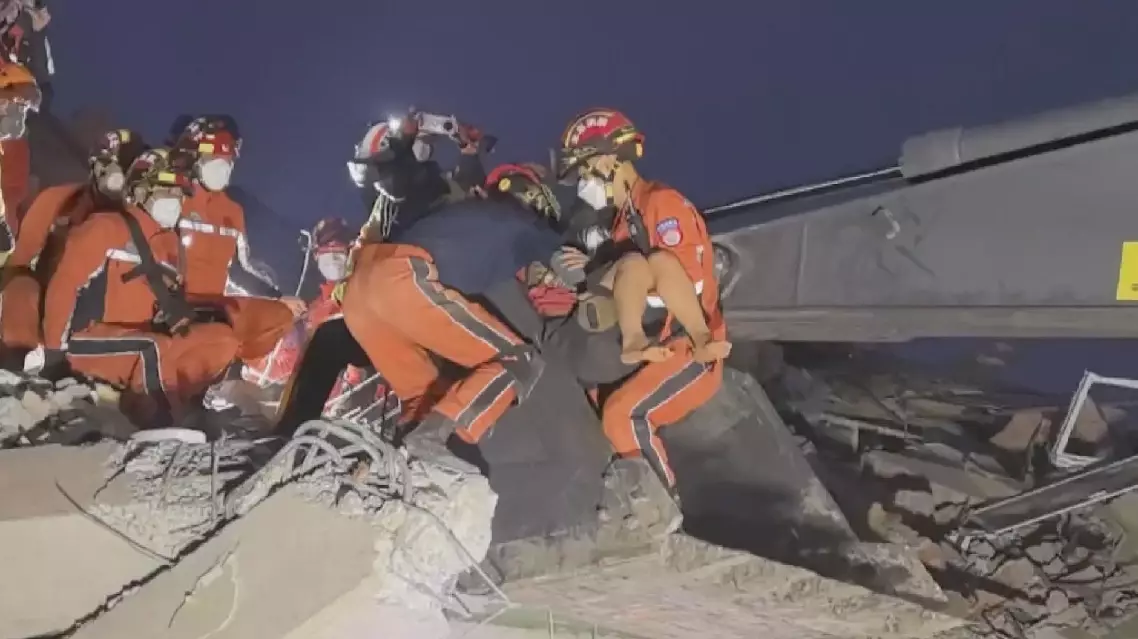
Chinese rescuers save 6 lives so far in quake-hit Myanmar
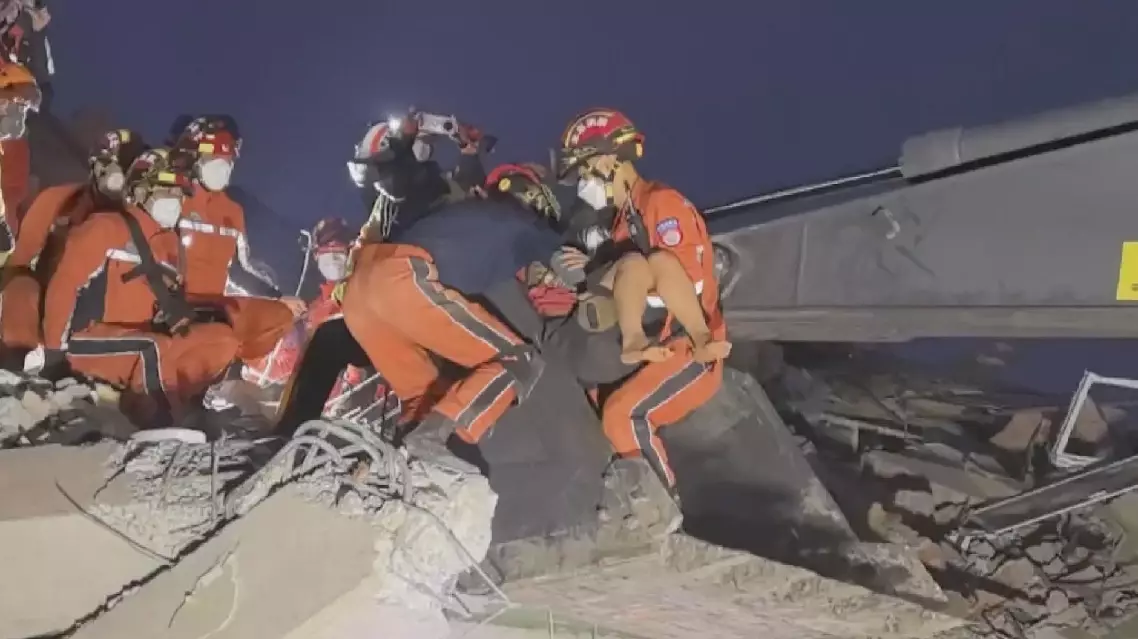
Chinese rescuers save 6 lives so far in quake-hit Myanmar


